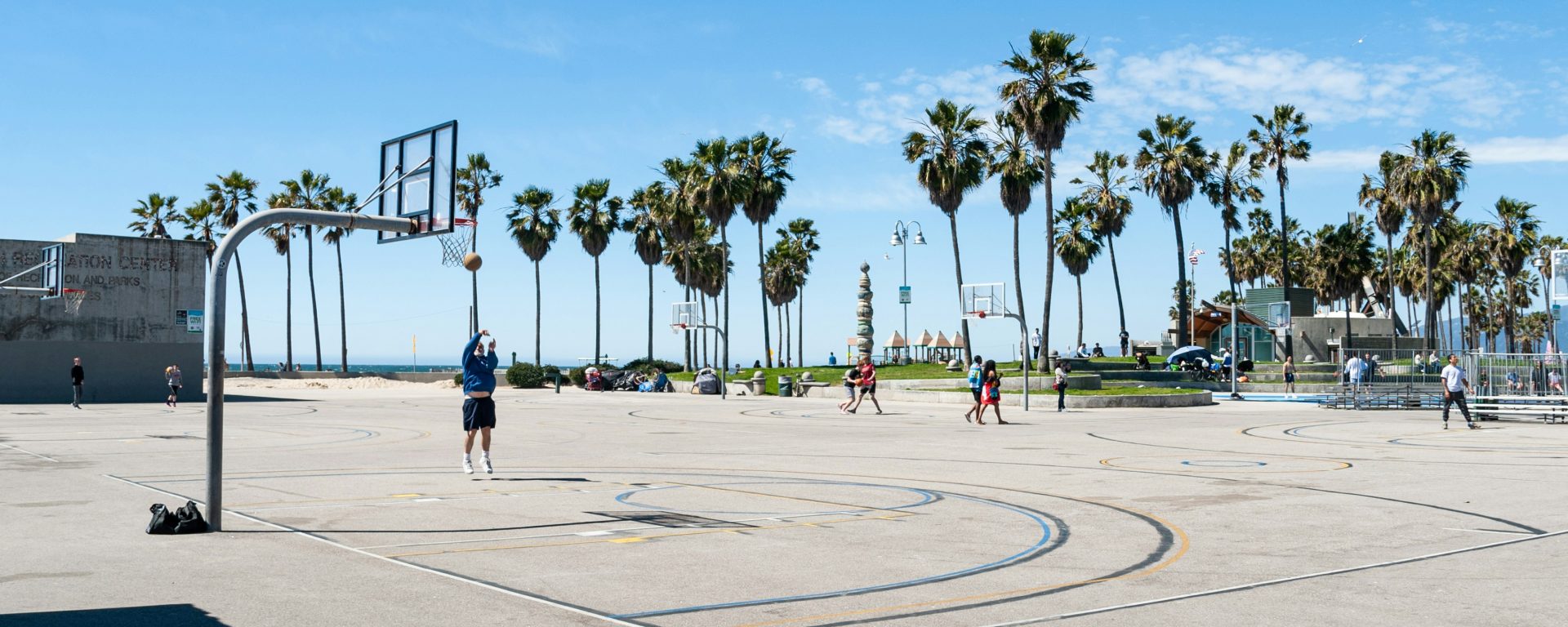On September 30, 2019, the California governor changed the playing field of college sports. California passed the Fair Pay to Play Act, which permits college athletes to profit from the use of their name, image, or likeness. This essentially gives them the right to publicity. This post will explore the right to publicity and what this Act entails.
What is the right to publicity and how did it come about?
The right to publicity allows an individual to commercially exploit or make money from their “likeness.” There is no federal law allowing for the right of publicity, therefore, the existence and scope of the right depends on the state.
For example, Illinois has a statute recognizing the right of publicity. This statute states that an individual has the right to “control and to choose” how their identity is used for “commercial purposes.” Commercial purposes are defined as using an identity for the sale of a product, merchandise, goods or services.
There has been some Supreme Court case law that guide what “right of publicity” entails. In the first case addressing the right to publicity, Zacchini v. Scripps-Howard Broadcasting, the Supreme Court held a nightly news organization could not broadcast an entire cannonball act without the performer’s permission. The Court noted that Zacchini’s interest in the case was similar to a copyright or a patent owner since he was seeking to benefit from his work. This case established that individuals have the right to benefit from their work, or their appearance, image, or likeness, discussing how broadcasting an entire act “posed a substantial threat to the economic value of the performance.”
Following Zacchini, two cases in the Ninth Circuit dealt with vocal “impersonation.” These cases dealt with sound-alike vocal performers who were hired to mimic famous actors. These cases ultimately held that one’s voice can fall under the right of publicity. Moreover, how a person looks and acts can be attributed to their “likeness.” Therefore, a robot wearing clothing and acting in a way that would invoke the likeness of an individual violates the right to publicity. California has favored individuals’ right to publicity, even allowing some benefit to pass post-death. However, the question is how this new Act will impact College Sports.
College Sports and “The Love of the Game”
College sports have historically and currently have an incredibly expansive reach. In 2017, almost 31 million individuals attended a college sports event. The games are also highly lucrative for schools and coaches. In terms of College Men’s Basketball alone, the top ten teams make over $20 million in three-year revenue.
However, it has been noted more and more that collegiate sports are a business, with college athletes akin to full-time employees. In 2015 alone, the most profitable athletic department in the country, Texas A&M, made over $192 million dollars.
Historically, college athletes have not received compensation for their participation while in school. Some people believe that it is a privilege to play, and “student-athletes” should not need to get paid to play the sport they love. However, given the amount schools profit from their sports teams, many people disagree.
Moreover, students are missing out on major financial opportunities. For example, Marshawn Lynch, a former National Football League running back played for the University of California, Berkley in college. He now makes an estimated $5 million off the field each year on endorsement deals and advertisements, compensation that could have accrued three years earlier in college. Many individuals argue that given the income schools make off college athletes and their sacrifices, they deserve to be paid. Additionally, compensating college athletes may have some effect on the numerous college athletes that leave school early to “go pro,” wherein they would be more likely to remain in school the full four years.
The Fair Pay to Play Act
Instead of paying college athletes a wage or contract salary typical of professional athletes, the Fair Pay to Play Act would allow college student-athletes to earn money off their likeness. The Act also allows for professional legal representation, such as sports agents. Thus, permitting students to enter into contracts for sponsorships and endorsements with major sports brands like Nike, Under Armour, Adidas, and Mizuno. College athletes will now be able to profit from their own signatures, and even jersey sales and commercial advertisements that use their name or image. There is much talk of how California’s law will push other states to also allow student-athletes to make money off their image. However, this may not be the worst case-scenario. In a business that profits off of their own students and their skills, why not allow the students to profit off of their own likeness?
This intellectual property fix allows students to profit through endorsement and product deals. However, college athletes cannot sign endorsement deals that conflict with their school’s endorsement contracts. For example, consider a college athlete signing a deal with Adidas while on the University of Oregon Ducks’ football team, which has a well-known relationship with Nike. This protects college athletes from going against their school’s commercial interest but still allows them to profit themselves—if Oregon permits them to exercise their right of publicity.
This IP loophole is a fantastic way to allow students to have the ability to gain money for the many hours of work they put into their sports. The right of publicity is something that is available to anyone. For college athletes, the right of publicity is a fair way to compensate them for their performance on the field, by protecting their IP rights off the field.
Erica Achepohl
Assistant Blogger
Loyola University Chicago School of Law, J.D. 2021
